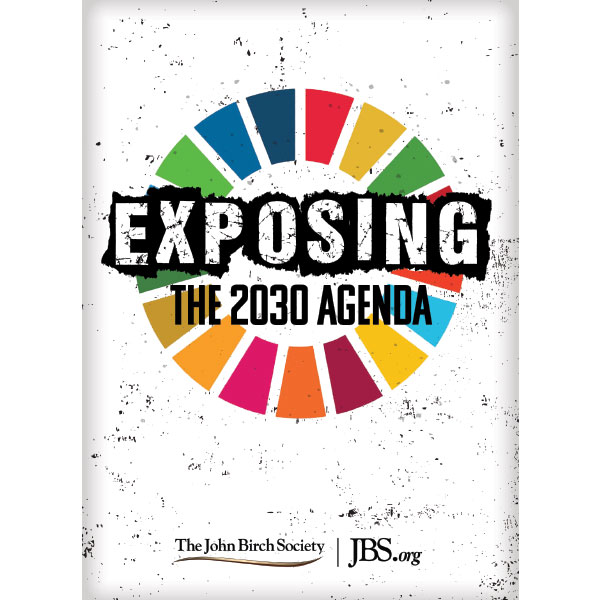EXPOSING the 2030 Agenda
$1.95
What if the next lockdown isn’t for a virus, but for the climate? In Exposing the 2030 Agenda, Christian Gomez documents how the UN’s “sustainable development” program seeps into energy rules, land use, and transportation — threatening property rights and state sovereignty. With chapters on smart growth, Paris Agreement mandates, urban migration, and population conditioning, he connects policy to consequence. Know the plan, verify the sources, and act to preserve liberty.
Description
Exposing the 2030 Agenda begins with a plain claim: the UN’s sustainable-development program shapes local rules that raise costs and narrow freedom. In Exposing the 2030 Agenda, readers see how Agenda 21 (Rio, 1992) and the Brundtland Commission (1987) feed today’s mandates, using UNESCO definitions and summit statements to show how abstract ideals become zoning codes, building benchmarks, and utility quotas. Because definitions drive policy, the opening chapter translates the jargon so citizens can trace how a global template turns into ordinances, grant conditions, and board directives at home.
The book then turns concrete. “Communist China at the Forefront” follows Beijing’s leverage in UN processes and supply chains. “Smart Growth” and “Paris Agreement” explain the planning tools and treaty architecture that drive rezoning, emissions targets, and energy standards that eventually appear as local caps and fees. Sections on manipulating transportation patterns, relocating people from rural areas into cities, designating “open space,” and tightening water allotments map how mobility and access shrink by intent, not accident.
Evidence is the spine. Primary documents — Agenda 21, UNESCO guidance, and Agenda 21: The Earth Summit Strategy to Save Our Planet—are quoted and summarized, alongside remarks from summit organizers about lifestyle “unsustainability.” The text links those sources to lived experience from the early 2020s: lockdown-era rationing proposals, newly empowered “sustainability” boards with authority over land and water, regional compacts that bypass normal representation, and county designations that fence off working acreage. Readers learn how ideas move: from UN language to model policies, to grants, to rules at the permit counter.
Who is this for? Citizens who want to keep self-government real; local officials serious about their oath; parents and property owners who sense the squeeze; researchers who need sources at hand. The final chapter, “What Must Be Done to Stop Agenda 2030,” outlines constitutional actions where they work best — counties, cities, townships, and states — supported by a research-ready bibliography. Use this briefing to verify, to share, and to act — starting close to home. (2022, 71pp)
You may also like…
-

Benedict Biden: Water Carrier For The New World Order
$1.99 Select options This product has multiple variants. The options may be chosen on the product page -

The UN’s Agenda 2030: Marxist Stealth Plan for World Government
Price range: $1.99 through $9.95 Select options This product has multiple variants. The options may be chosen on the product page -

Sustainable: The War on Free Enterprise, Private Property and Individuals
$13.99 Add to cart -

Agenda 2030 and You
Price range: $0.99 through $1.95 Select options This product has multiple variants. The options may be chosen on the product page


